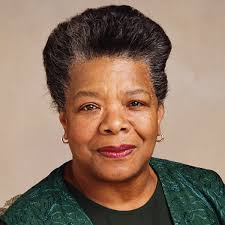
JIMMY’S VIEWS ABOUT THE VICTORIAN SOCIETY OF HIS TIME IN THE PLAY
The theme deals with the conflict between the social classes in Victorian/English Society which is highlighted in the marriage between Jimmy and Alison. Jimmy is about 25 years old. He is married to Alison Redfem. The playwright describes him as ‘capable of cruelty and sincerity’. He’s tall and slim and has few friends because of his ‘apparent honesty’. He is a university drop out. His view of the structure of Victorian Society is that it is divided into working class and middle/upper class people and based on education and privilege. Jimmy drops out of the university after one year. He and his friend, Cliff, are decidedly working class, except that ( ‘some of his mother’s relatives are pretty posh’. His wife, Alison and her parents are of a stable middle class family. Alison’s brother, Nigel is fairly well-to-do. Her father and mother are fairly well to do too. He sees that all is not well between the classes and he hates Alison’s parents, particularly her mother. for not wanting him to marry Alison. He does not like Alison’s friend, Helena, though they temporarily fall in love and she leaves him to save her conscience. After he has married Alison in a rush, he and his friend Hugh Tanner, drag her along to gate-crash her parents’ middle class friends’ parties and cause a stir. He finds working class life routine and monotonous because people are generally jobless. They accept any job like the sweets-stall to make ends meet, He and his friend, Cliff, pour over the weekend newspaper, aimlessly to kill boredom. Alison and Helena while away the time ironing. For him, love across-class marriages have built-in instability. His marriage to Alison is not conventional; it is unconventionally blessed in Church. Alison’s parents attend the ceremony uninvited. The marriage itself remains stormy, Jimmy and Alison begin to make a few sacrifices for love e.g. when Alison returns to Jimmy after she moved out of the house. Alison's Parents’ marriage is, however, stable because it is founded on class, love and convention. Alison’s father, Colonel Redfern feels guilty about how he treats Jimmy.



















